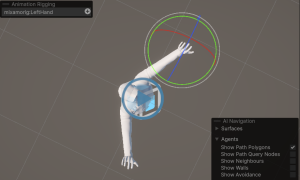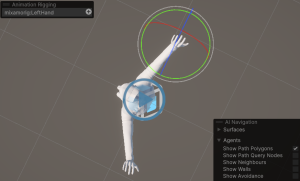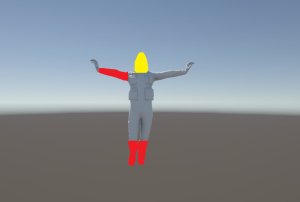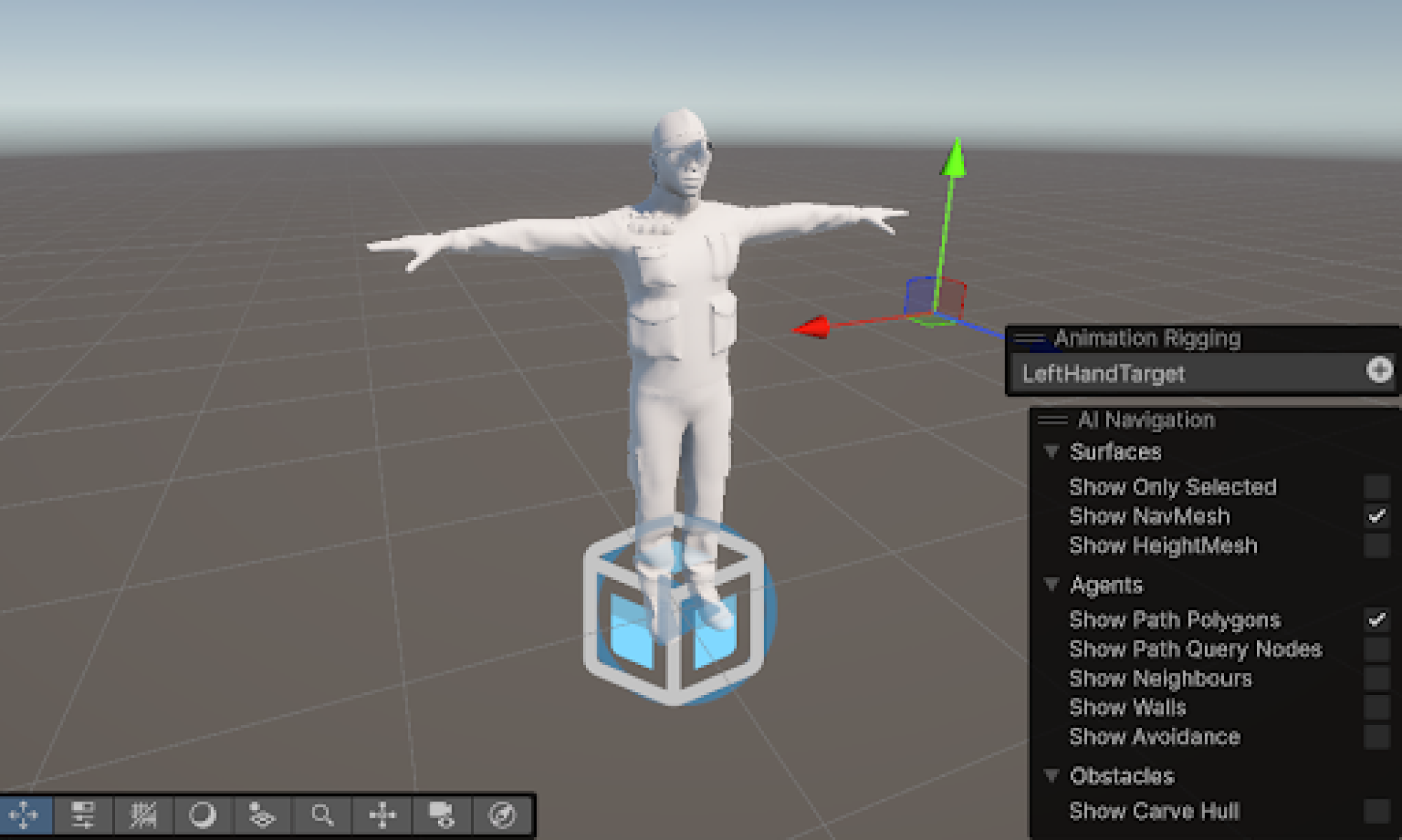Team Status Report
Risk Management:
Risk: Cosine Similarity Algorithm not yielding satisfactory results on complex dances
Mitigation Strategy/Contingency plan: We will continue working on the algorithm to see if there are improvements to be made given how the CV algorithm processes landmark data. If the Cosine Similarity Method will not work properly, we will fall back to a simpler method using Euclidean distance and use that to generate immediate feedback.
Risk: Color based feedback not meeting user expectations
Mitigation Strategy/Contingency plan: We plan to break down our Unity mesh into multiple parts to improve the visual appeal of the feedback coloring, so that users can more immediately understand what they need to do to correct a mistake. We also plan to incorporate a comprehensive user guide to help with the same purpose.
Design Changes:
There were no design changes this week. We have continued to execute our schedule.
Part A:
DanCe-V addresses the global need for accessible and affordable dance education, particularly for individuals who lack access to professional dance instructors due to financial, geographic, or logistical constraints. Traditional dance lessons can be expensive and may not be available in rural regions. DanCe-V makes dance training more accessible, as anyone with an internet connection and a basic laptop is able to use our application. Additionally, the system supports self-paced learning, catering to individuals with varying schedules and learning speeds. This is particularly useful in today’s fast-paced world where flexibility in skill learning is becoming more and more important.
Furthermore, as the global fitness and wellness industry grows, DanCe-V aligns with the trend of digital fitness solutions that promote physical activity from home. The system also has potential applications in rehabilitation and movement therapy, offering value beyond just dance instruction. By supporting a variety of dance styles, DanCe-V can reach users across different cultures and backgrounds, reinforcing dance as a universal form of expression and exercise.
Part B:
One cultural factor to consider is that dance is deeply intertwined with cultural identity and tradition. DanCe-V recognizes the diversity of dance forms worldwide and aims to support various styles, with possibilities of learning classical Indian dance forms, Western ballroom, modern TikTok dances ballroom, traditional folk dances, and more. By allowing users to upload their own reference videos and not just including a constrained set of sample videos, the system ensures that people from different cultural backgrounds can engage with dance forms that are personally meaningful to them. Additionally, DanCe-V respects cultural attitudes toward dance and physical movement. Some cultures may have gender-specific dance norms or modesty considerations, and the system’s at-home training approach allows users to practice comfortably in a private setting.
Part C:
DanCe-V is an eco-friendly alternative to traditional dance education, reducing the need for transportation to dance studios and minimizing associated carbon emissions. By enabling users to practice from home, it decreases reliance on physical infrastructure such as studios, mirrors, and printed materials, contributing to a more sustainable learning model. Additionally, the system operates using a standard laptop webcam, eliminating the need for expensive motion capture hardware, which could involve materials with high environmental costs.
Furthermore, dance is a style of exercise that does not require extra materials, such as weights, treadmills, or sports equipment. By making dance accessible to a larger audience, DanCe-V can help reduce the production of these materials, which often have large, negative impacts on the environment.
Procrustes Analysis Normalization demo:





Cosine Similarity comparison results:

